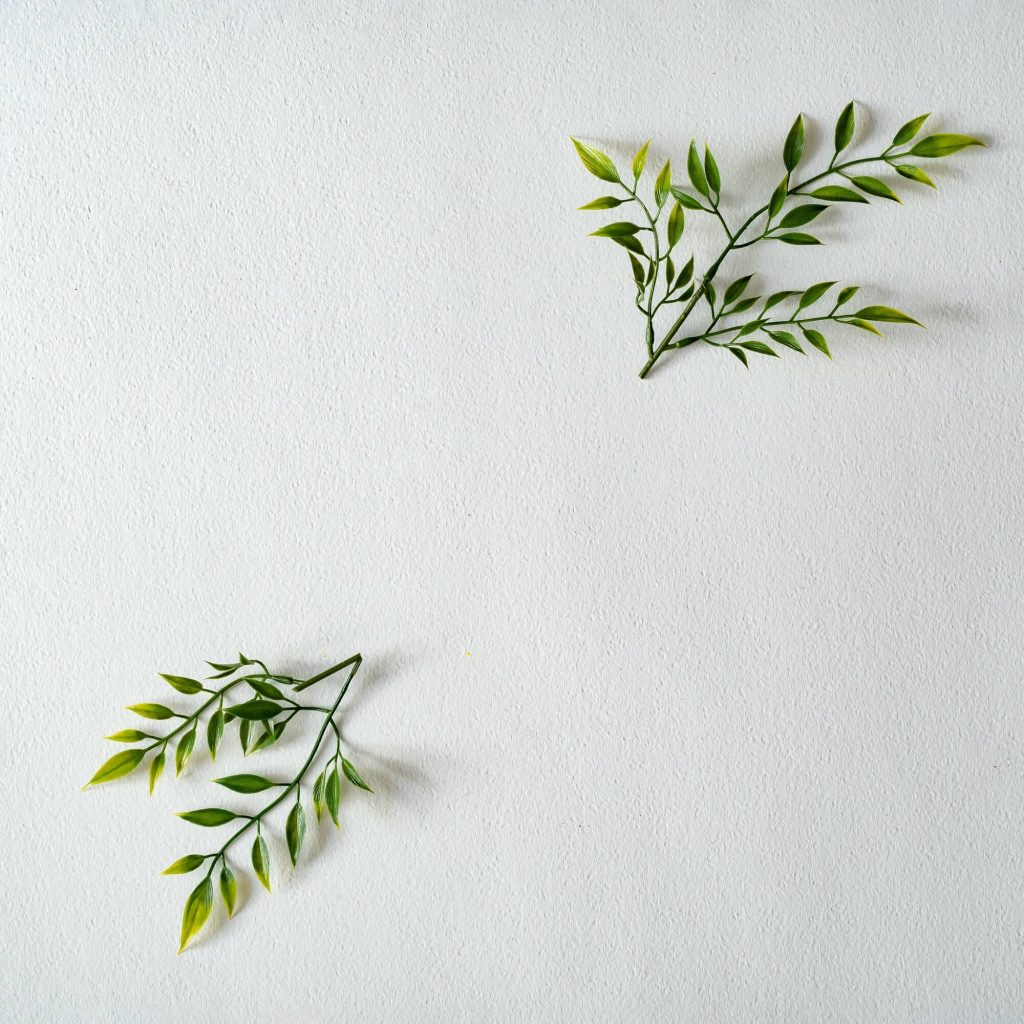Sanding is an essential step in the woodworking process that can make or break a project. It’s a time-consuming and often tedious task, but it’s also a crucial one. Sanding smooths out rough surfaces, removes bumps and scratches, and prepares the wood for finishing. To achieve the best results, you need to choose the right sandpaper grit for the task at hand. In this article, we’ll discuss the best sandpaper grits for every woodworking task.
What is Sandpaper Grit?
Sandpaper grit refers to the size of the abrasive particles on the sandpaper’s surface. The higher the grit number, the smaller the particles, and the finer the sandpaper. Sandpaper grit ranges from 40 to 600, with 40 being the coarsest and 600 being the finest.
Coarse Grits (40-60)
Coarse grits are ideal for removing paint, varnish, and other coatings from wood. They are also useful for shaping and leveling rough surfaces, such as rough sawn lumber. Coarse grits are not recommended for finishing work, as they can leave deep scratches on the wood’s surface.
Medium Grits (80-120)
Medium grits are the most commonly used sandpaper grits in woodworking. They are ideal for removing scratches and preparing the wood for finishing. Medium grits are also useful for smoothing out rough surfaces and removing minor imperfections. They are a good choice for both hand sanding and power sanding.
Fine Grits (150-180)
Fine grits are excellent for finishing work, as they leave a smooth surface with no visible scratches. They are also useful for removing small imperfections and preparing the wood for staining or painting. Fine grits are not recommended for removing paint or varnish, as they are not abrasive enough.
Very Fine Grits (220-320)
Very fine grits are used for final sanding before applying a finish. They leave a smooth, polished surface that is ideal for staining or painting. Very fine grits are also useful for removing small imperfections and preparing the wood for finishing.
Extra Fine Grits (400-600)
Extra fine grits are the finest sandpaper grits available. They are used for final sanding before applying a finish, such as wax or oil. Extra fine grits leave a smooth, polished surface with no visible scratches. They are also useful for removing small imperfections and preparing the wood for finishing.
Conclusion
Choosing the right sandpaper grit is essential for achieving the best results in your woodworking projects. Coarse grits are ideal for removing paint and coatings, medium grits for preparing the wood for finishing, fine grits for finishing work, very fine grits for final sanding, and extra fine grits for the smoothest, most polished surface. By selecting the appropriate sandpaper grit for each task, you can achieve a professional-looking finish on all your woodworking projects.

